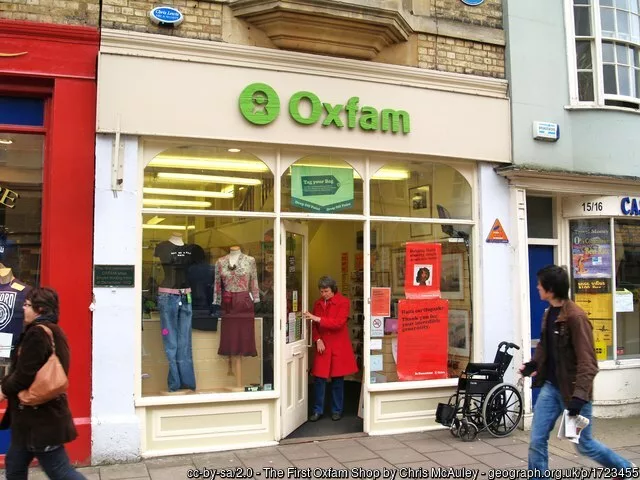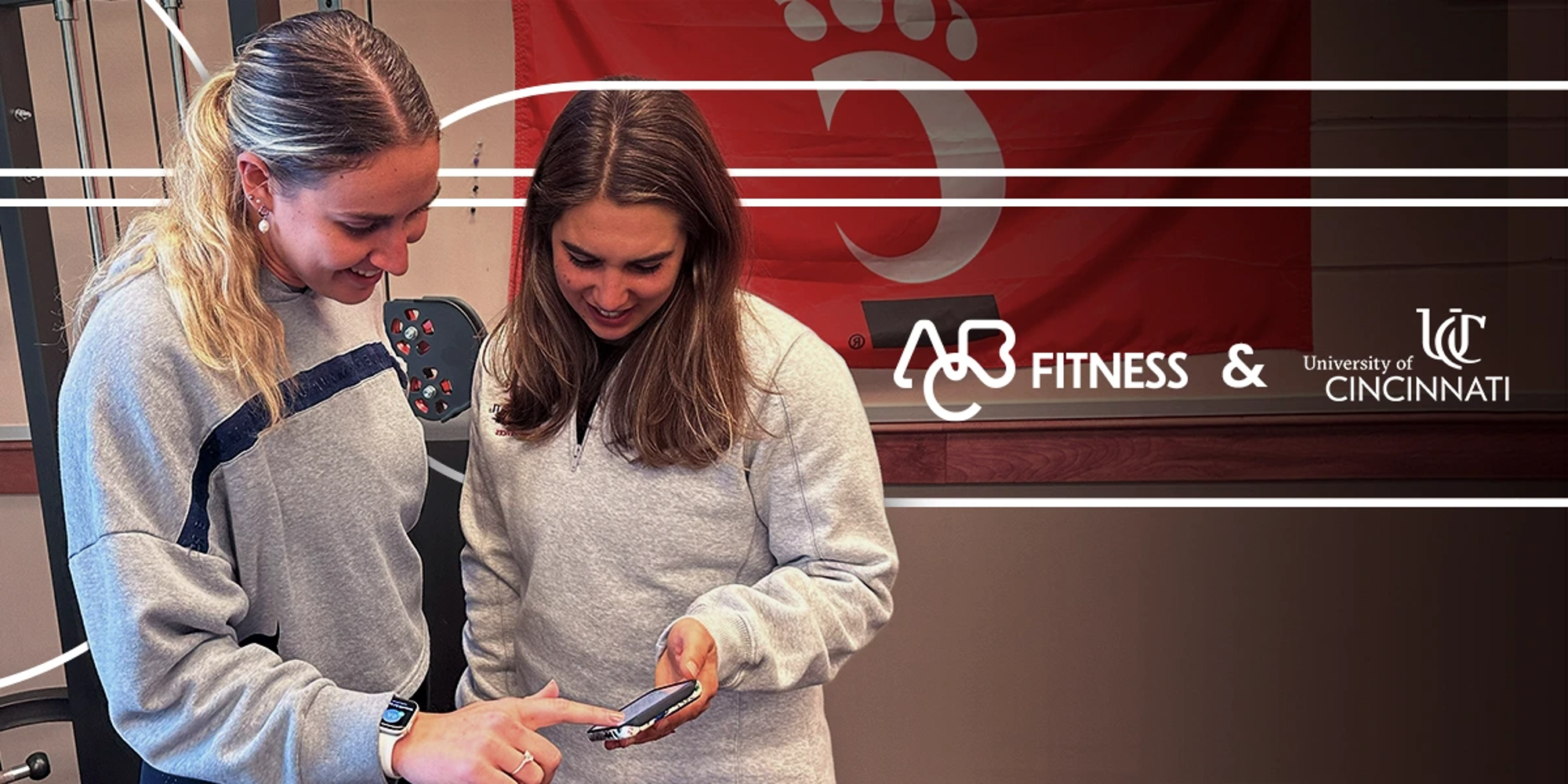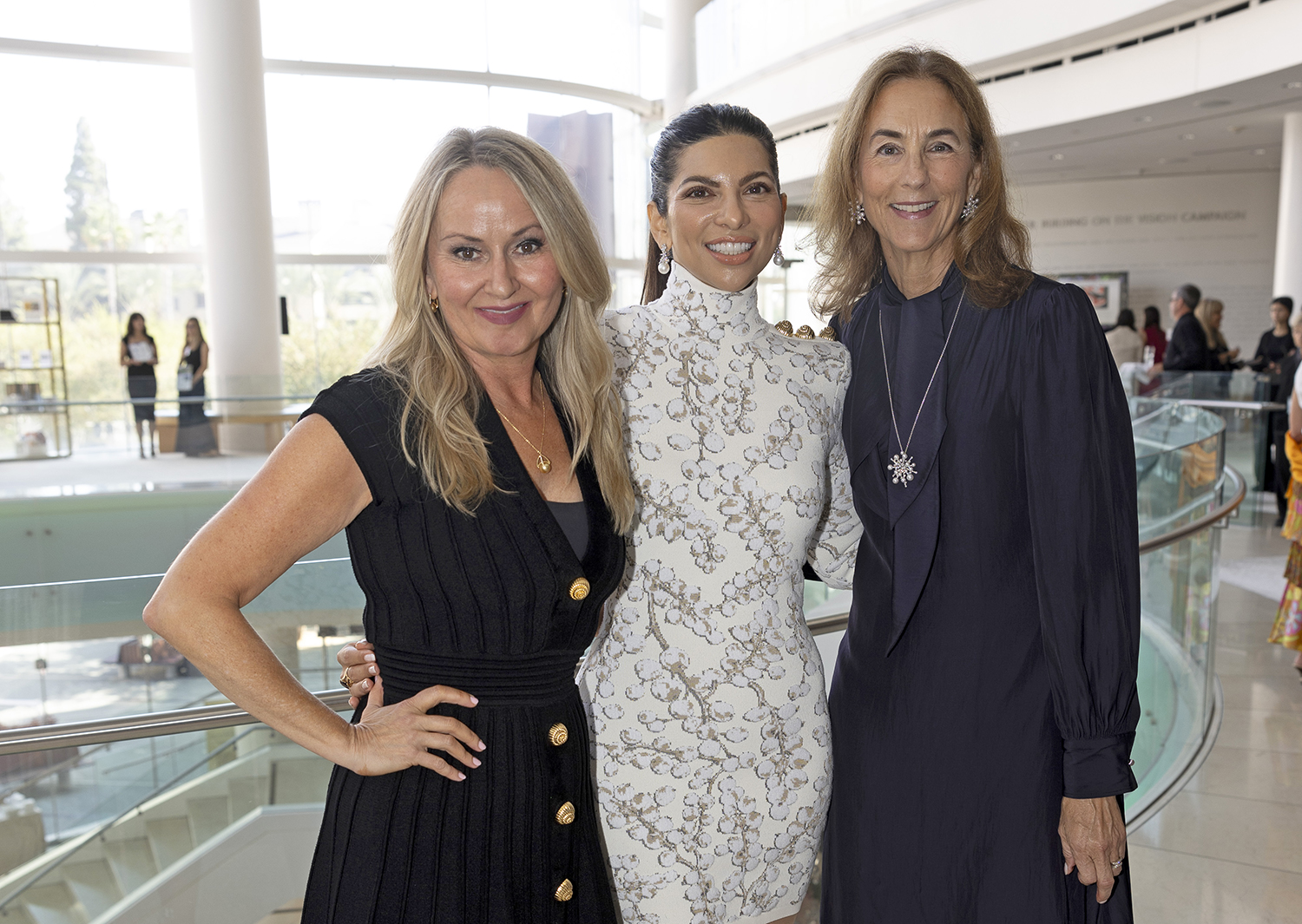Fashion
Rags to riches: unravelling the stitched up class divide in fashion – Cherwell

Fashion trends come and go as quickly as the seasons change, but is the UK class system still entrenched by these shifts in style? New movements in vintage fashion have caused a surge in charity shopping: hand-me-downs are all the range, yet certain ideas about class are handed down with them. Buzzwords are used across social media to describe rising aesthetics, which makes it a more accessible environment to judge these different styles. It seems as though there is still an element of class culture to fashion, despite more fluid styles that don’t necessarily require a designer label. Rising trends cause rising prices. Suddenly, the world of budget shopping has become a cesspool of consumerism.
It should not come as a surprise to anyone interested in fashion that second-hand clothing has experienced a surge of popularity over the past few years. With the recent acceleration of fashion trend cycles, vintage styles are constantly making their way back into the mainstream. As such, charity shops have gone from being the place to shop for clothing necessities on a budget, to being visited by people from different classes on the hunt for new additions to their wardrobe. However, despite ownership of second-hand goods being less stigmatised, and often celebrated in the modern fashion landscape, there is still a class divide in how people shop for vintage fashion.
Charity shopping in the UK became widespread during the Second World War. One of the most popular charity shops, Oxfam, opened in 1947 in Oxford. These shops would take in donations and sell goods at heavily discounted rates compared to original retail price. The proceeds would then go to a variety of different charitable causes. Naturally, the low prices attracted people in need of affordable clothing. With the growth of online fashion spaces, charity shopping has become less about budget clothing, and more about finding unique, trendy pieces. Part of the popularity of second-hand shopping can also be attributed to the growing desire to be environmentally conscious and sustainable amongst younger generations.
Not all second-hand shopping is created equal. With the demand for vintage clothing growing, both dedicated curated vintage stores and online resellers have provided a way for those willing to pay a premium to buy second-hand items through an easier and more tailored shopping experience. In this subtle way, those with more money are able to shop for more desirable clothing pieces and curate their wardrobe to fit an aesthetic more easily. This is one of the ways in which the relationship between class and fashion still persists, although it is not as glaringly obvious as it used to be; previously class was signified by the brand you could afford to wear. Further divides between classes in fashion can also be found in the different online aesthetics.
In particular, the ‘20 year cycle’ conveys the continuous resurgence of trends from past decades. In recent years, fashion has experienced a rise in the ‘Y2K aesthetic’, which has allowed for different social classes to align as young people scoured second hand retailers for low rise jeans, graphic tees and glitter. However, as demand for these items increased, so did the prices. Once again, what was a widespread excitement towards the revival of an aesthetic became a hierarchy that lower classes could not access. The buzzwords used to describe these trends have demonstrated that this divide still persists, even when it is more of a look than a label that is sought after.
Social media platforms like Instagram and Tiktok have heavily influenced the rapid rise and fall of fashion movements through the use of these buzzwords. It can be argued that while demand for these items has maintained the class divide, society’s own perception of them has upheld ideas about social class that cannot be ignored. Phrases like ‘cigarette mum’, typically referencing working class stereotypes, have been used against the Y2K fashion and beauty trends online. These have perpetuated the class divide as while some people are praised for modelling these aesthetics, others are unable to escape presumptions about their background based on what they wear.
The increased demand for vintage fashion, combined with persisting attitudes towards class culture, have maintained the existence of the class divide within fashion. The reinforcement of stereotypes along with the high prices that follow these trends indicate that while the rapid cycle of fashion perseveres, so does inequality within the fashion sphere.


)





